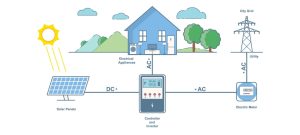Introduction
Bangladesh moves towards becoming, energy security, green energy and more stability. The need for reliable electricity in the country is increasing, especially in rural and semi-urban areas. The government is also insisting on adding more renewable energy to the grid.
Solar power solutions, especially off-grid and on-grid systems, are becoming very important. These technologies use a lot of sunlight that Bangladesh gets to make clean, inexpensive and reliable electricity for homes, businesses, industries.
Iconic engineering limited as a reliable renewable energy solution provider in Bangladesh, provides tailor solar off-grid and on-grid systems to meet urban and rural energy requirements. To achieve total energy freedom or reduce electricity bills through pure metering, our solutions provide unmatched efficiency, reliability and long -term values. These systems enable energy freedom, reduce dependence on fossil fuels, and support infection in a greenery economy. Learn about the solar off-grid and on-grid systems, in which the system work, technical details, benefits, applications and this system need to know why it is perfect for the energy landscape of Bangladesh.
![]()
Solar off-grind system
The solar off-grid system is a standalone power solution operated independently of the national grid. It uses solar panels, batteries and inverters to generate, store and supply electricity even in remote areas without grid access. These systems generate electricity from sunlight, store additional energy in the battery, and supply electricity to the lodged load.
Major feature: Full energy freedom for areas without grid access or incredible grid connections.
Perfect for:
- Remote villages and landscapes
- Off-grid cottages or farms
- Backup power for critical facilities
![]() Solar on-grid system
Solar on-grid system
The solar on-grid system, also known as a grid-based system, is directly connected to the national power grid. Users allow users to consume solar energy during the day and export additional electricity into the grid through net metering, which reduces electricity bills for the user significantly. Solar generates electricity from panels and uses it for electricity as a connected load.
Major feature: Cost savings on electricity bills whi le connecting the grid for backup.
Perfect for:
- Urban Homes and Apartments
- Commercial Building and shopping malls
- Factory and Industry
![]() Solar on-grid system works
Solar on-grid system works
Energy production: Solar panels generate electricity during the day.
Grid connection: The system supplies electricity in the premises; Additional power is exported to the grid.
Net metering: Users receive credits for surplus power sent to the grid, compensating for their bills.
No battery is required: Electricity is drawn from the grid at night or during low sunlight.
Solar off-grid system works
Energy production: Solar panels generate electricity during the day from sunlight.
Battery storage: Excess energy is stored in the battery for use at night or during a period of cloud.
Inverter conversion: Inverter converts DC power into AC power from solar panels/batteries for domestic or industrial use.
Independent Operations: System Utility works completely independently from the grid, providing electricity in remote places.
Backup Power: A generator is often used as an additional backup to ensure the availability of electricity during long-time lower-solid days.
Solar off-grind system workflow
Solar power generation: Solar PV panels absorb sunlight and convert it into DC electricity.
Energy storage: Store additional power for battery (Li-ion and Lifipo)
Power conversion: An inverter converts DC power into AC power to run domestic or industrial equipment.
Autonomous Operation: Ensuring uninterrupted power supply, works completely free from the grid.
Solar on-grid system workflow
Solar power generation: Solar PV panels generate electricity during daylight.
Power supply: directly provides strength to the load connected.
Grid connection and net metering: Energy is exported to the national grid, and users receive credit against their electricity bill.
Grid backup: When solar energy is insufficient (eg, at night), the electric is drawn from the grid.
 Technical Specifications
Technical Specifications
| Component | Specification |
| Solar Panel: | Monocrystalline or Polycrystalline |
| Battery Type (Off-Grid): | LiFePO₄ |
| Inverter Efficiency: | ≥ 95% (MPPT and Grid-Tied Inverters) |
| System Voltage: | 12V / 24V / 48V / 400V (customized for applications) |
| Net Metering: | Compatible with SREDA guidelines |
| Environmental Rating: | IP65/IP67 Weatherproof Equipment |
Supplies and installation process
Site Evaluation: Solar Insulation Studies and Load Demand Analysis
System Designs: Solutions for Off-Grid and On-Grid requirements
Installation: Panel Mounting, Inverter Setup, Wiring and Grid Synchronization
Testing and commissioning: comprehensive system check, including battery performance (off-grid)
Documentation and Training: Net Metering and User Training
After sales support: Monitoring and periodic maintenance support
Solar off-grid and on-grid system applications
Residential house
- Off-grind: The load provides uninterrupted power in areas.
- On-grid: Cuts electricity bills for urban homes.
Commercial complexes: Hotels, hospitals, and malls are benefited from the grid-man system with net metering.
Industrial Facilities: Factories can deploy on-grid systems on a large scale to reduce extreme-hour grid dependence.
Distance Region: Off-grind microgrid for rural electrification and agricultural irrigation.
Educational and Health Services Institute: Power Schools and Clinic in Off-Grid villages.
Compliance with national and international standards
- IEC 61215: Solar Module Certification
- IEC 61730: PV module security
- IEC 62109: Inverter Safety Compliance
- BNBC Guidelines: Structural Design Compliance
- SREDA Net Metering Guidelines
Benefits of Solar of Grid and On-Grid system
Energy Freedom: Reduce dependence on grid or diesel generator.
Cost Savings: Cost of Slash electricity through self-generation.
Eco-friendly: zero carbon emissions during operation.
24/7 power availability: Off-grid systems with battery backup ensure uninterrupted supply.
Key Features of ICONIC’s Solar Solutions
| Feature | Off-Grid System | On-Grid System |
| Grid Dependency: | Independent from the grid | Connected to the grid for backup |
| Energy Storage: | Includes batteries for backup power | No batteries required |
| Cost Savings: | Avoids fuel and grid connection costs | Reduces electricity bills through net metering |
| Inverter Technology: | Hybrid inverters with load management | Grid-tied inverters with protection |
| Smart Monitoring: | Real-time performance monitoring | Monitoring of solar production and grid interaction |
Future Scope in Bangladesh
- Government Initiatives: Supporting net metering and solar microgrids under SREDA policies.
- Smart Solar Grids: Integration with IoT and AI for predictive energy management.
- EV Charging Integration: Solar-powered EV charging stations for the growing e-mobility sector.
Why Choose ICONIC Engineering Ltd.?
- Proven Expertise: Years of experience in designing and installing solar solutions.
- Tailored Solutions: Customized systems for residential, commercial, and industrial applications.
- Turnkey Services: From feasibility studies to after-sales support.
- Global Partnerships: Access to advance solar technology solution providers.
Conclusion
Solar energy is the future of sustainable power. Whether off-grid system independence for rural applications or on-grid savings for urban homes and businesses, ICONIC Engineering Ltd. provides turnkey solar solutions designed for Bangladesh’s unique energy needs. Investing in solar today is a step toward energy security, lower costs, and a greener tomorrow.
